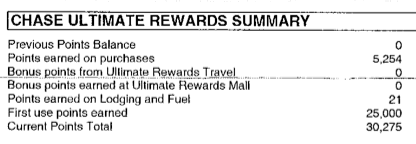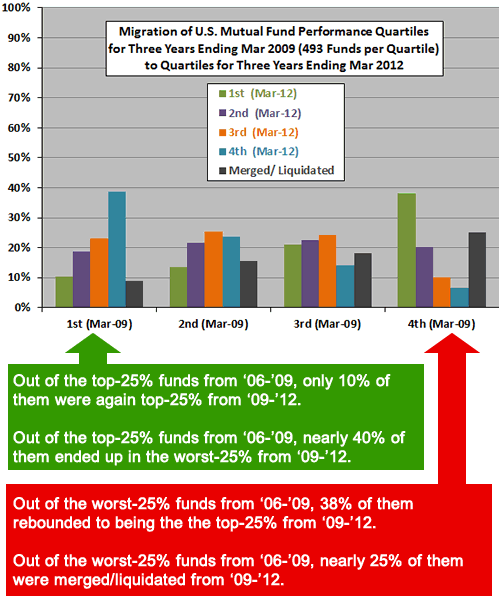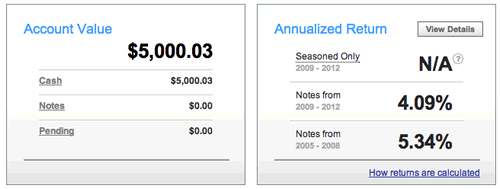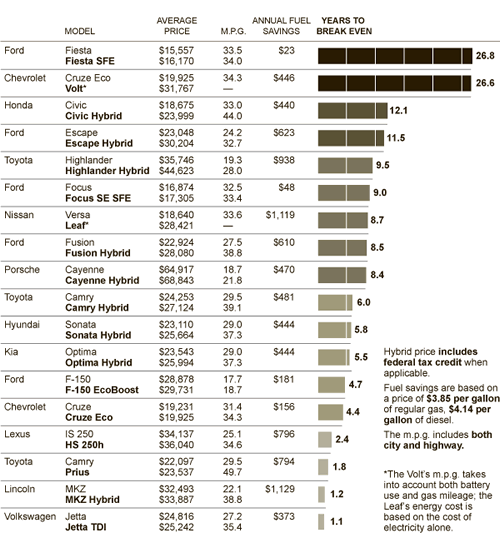After getting the Chase Sapphire Preferred card $500 in airfare bonus, I developed a taste for Ultimate Rewards (UR) points. You can cash out UR points at a flat 10,000 points = $100. You can also use them towards travel at an Expedia-like portal for 10,000 points = $125 toward airfare, hotel, and car rentals. The prices are not marked up and you can combine cash and points however you like, so I use 1.25 cents per point as a baseline value. Example of combining cash and points:

Finally, you can transfer them to United Airlines, Southwest, British Airways, Korean, Hyatt, and Marriott rewards at a 1:1 ratio. If you use United and British Airways for international and/or business-class flights, you can get closer to 2 cents per point in value.
Therefore, in my last round of application I decided to apply for the Ink Bold® Business Charge Card which was a small business card offering 50,000 bonus points – after spending $5,000 in the first 3 months your account is open. I wouldn’t mind only earning 1 UR point per dollar on most of my business spend, although they do offer 5X points per dollar in select business categories. (More details on the Chase Ink Bold Business Charge Card here.)
Spending $5,000 on a card over three months is not something I usually do and I didn’t have any large business expenses coming up, however, I do have to pay quarterly estimated taxes to Uncle Sam. As a result, I found PayUSATax.com (accepts Visa, Mastercard, and Discover) which had the lowest fee for making tax payments with a credit card at 1.89%. You can verify them as an authorized payment provider here at IRS.gov.
The IRS deadline for quarterly payment was coming up, so I decided to make a $5,000 payment for one quarter now and another $5,000 payment on the next billing statement for the next quarter. This meant I could charge $10,000 ($5,000 x 2) which would earn me 10,000 Ultimate Rewards points ($125 value) and I would be charged a $189 fee ($94.50 x 2). However, this would satisfy the spending requirement and would get me another 25,000 UR points ($312.50 value). Still a nice net win even after taking the fee into account.
As you can see from my statement scans below, the first $5,000 tax payment and $94.50 fee went through separately with no cash advance charges or other issues.

I also received my first 25,000 points on my very first statement:

Another useful perk of Ultimate Rewards points is that you can transfer them over to any other person’s account with no fee. This is handy to transfer between family or household members for pooling points and miles. My small business Ink Bold Business Charge Card UR points are in a different account than my personal Sapphire Preferred points, so I just transferred them over and it showed up instantly.
“Disclaimer: This content is not provided or commissioned by the issuer. Opinions expressed here are author’s alone, not those of the issuer, and have not been reviewed, approved or otherwise endorsed by the issuer. This site may be compensated through the issuer’s Affiliate Program. “The responses below are not provided or commissioned by the bank advertiser. Responses have not been reviewed, approved or otherwise endorsed by the bank advertiser. It is not the bank advertiser’s responsibility to ensure all posts and/or questions are answered.”
 We finally signed the closing documents on our most recent
We finally signed the closing documents on our most recent 



 I’ve been thinking about fatherhood and my own father/son relationship. When I was young, my father was a comfortably-employed engineer, with two small kids and a house in the suburbs. But he decided that he wanted to go back to graduate school. All of a sudden we were a family of 4 living in a small 2-bedroom apartment with both parents working long hours and still only earning a fraction of the income. But he eventually got his PhD, became a college professor, and I always remembered how he continued working long hours but told me about how it was great because he loved it and he had no boss. Nobody told him when to go to work or what to do on a daily basis.
I’ve been thinking about fatherhood and my own father/son relationship. When I was young, my father was a comfortably-employed engineer, with two small kids and a house in the suburbs. But he decided that he wanted to go back to graduate school. All of a sudden we were a family of 4 living in a small 2-bedroom apartment with both parents working long hours and still only earning a fraction of the income. But he eventually got his PhD, became a college professor, and I always remembered how he continued working long hours but told me about how it was great because he loved it and he had no boss. Nobody told him when to go to work or what to do on a daily basis. I’ve written several times about the significant savings you can achieve if you haggle with your media providers like DirecTV, be it broadband internet, telephone, or cable/satellite TV. A simple phone call can save you hundreds of dollars per year. This is as true today as in past years, and below is a collection of all related tips as well as some new information.
I’ve written several times about the significant savings you can achieve if you haggle with your media providers like DirecTV, be it broadband internet, telephone, or cable/satellite TV. A simple phone call can save you hundreds of dollars per year. This is as true today as in past years, and below is a collection of all related tips as well as some new information. I’ve had an account with Scottrade for several years now, and here is an updated, in-depth review for 2012 (last one I did was in 2006!). I will focus on all the little things that make brokers different from each other, from completing your taxes to buying a stock on a moment’s notice. This review will be from the point of view of a casual private investor who does not trade daily but does mostly buy-and-hold ETF investing and also trades some individual stocks with a small portion of his portfolio (less than 5% of overall portfolio).
I’ve had an account with Scottrade for several years now, and here is an updated, in-depth review for 2012 (last one I did was in 2006!). I will focus on all the little things that make brokers different from each other, from completing your taxes to buying a stock on a moment’s notice. This review will be from the point of view of a casual private investor who does not trade daily but does mostly buy-and-hold ETF investing and also trades some individual stocks with a small portion of his portfolio (less than 5% of overall portfolio). The Best Credit Card Bonus Offers – March 2024
The Best Credit Card Bonus Offers – March 2024 Big List of Free Stocks from Brokerage Apps
Big List of Free Stocks from Brokerage Apps Best Interest Rates on Cash - March 2024
Best Interest Rates on Cash - March 2024 Free Credit Scores x 3 + Free Credit Monitoring
Free Credit Scores x 3 + Free Credit Monitoring Best No Fee 0% APR Balance Transfer Offers
Best No Fee 0% APR Balance Transfer Offers Little-Known Cellular Data Plans That Can Save Big Money
Little-Known Cellular Data Plans That Can Save Big Money How To Haggle Your Cable or Direct TV Bill
How To Haggle Your Cable or Direct TV Bill Big List of Free Consumer Data Reports (Credit, Rent, Work)
Big List of Free Consumer Data Reports (Credit, Rent, Work)